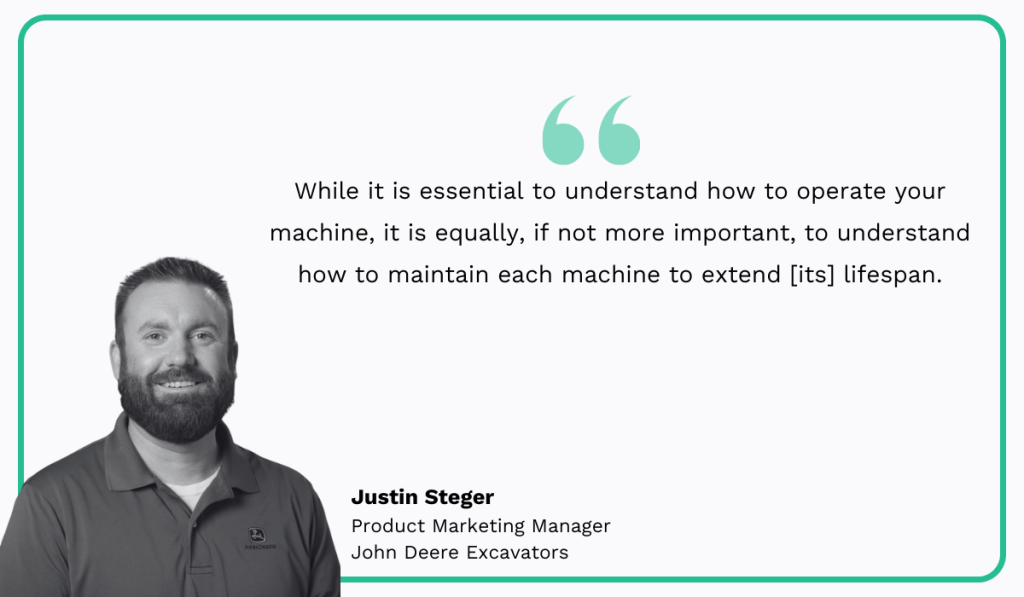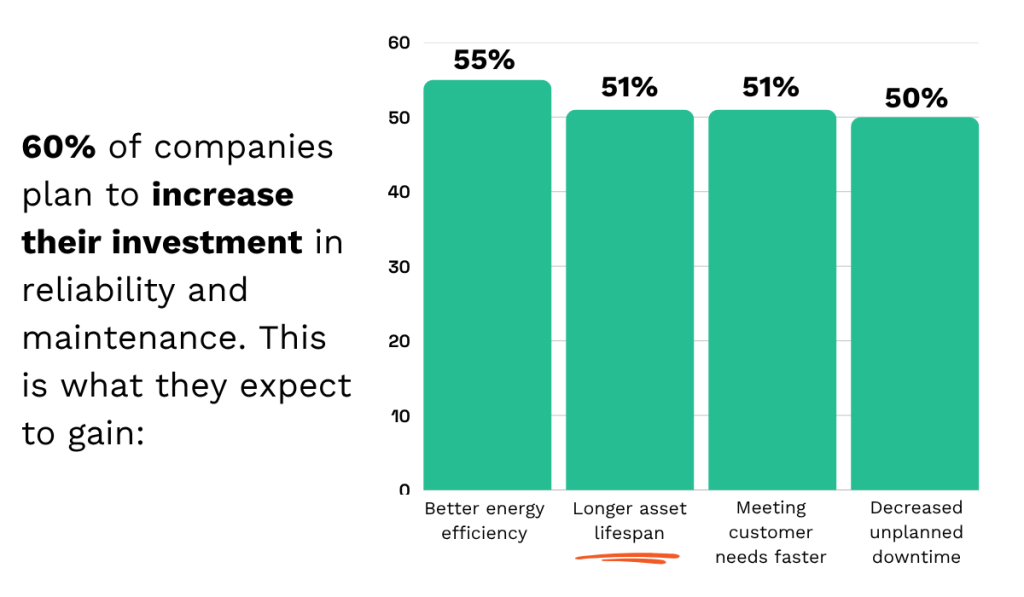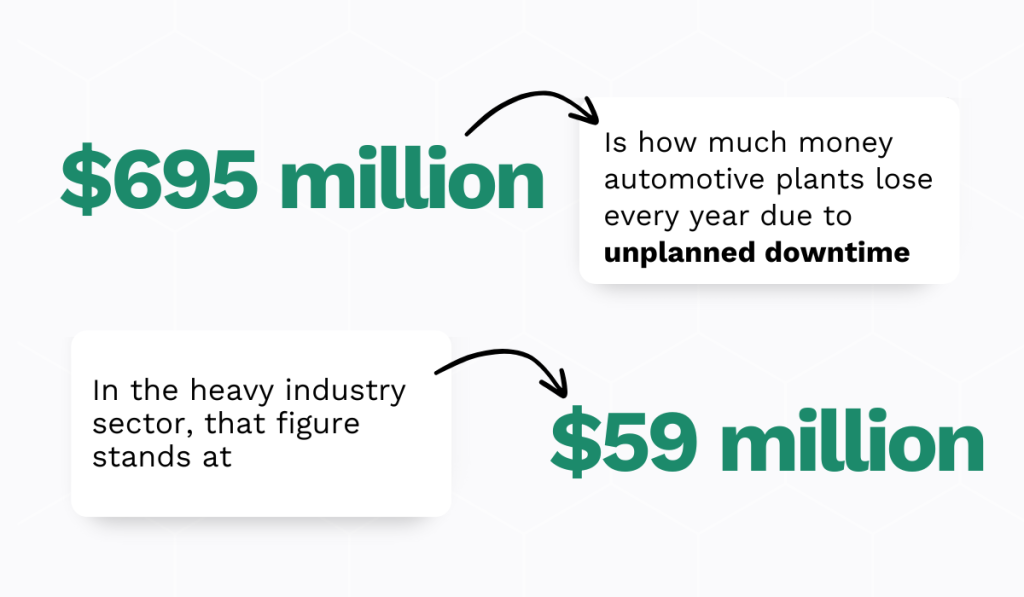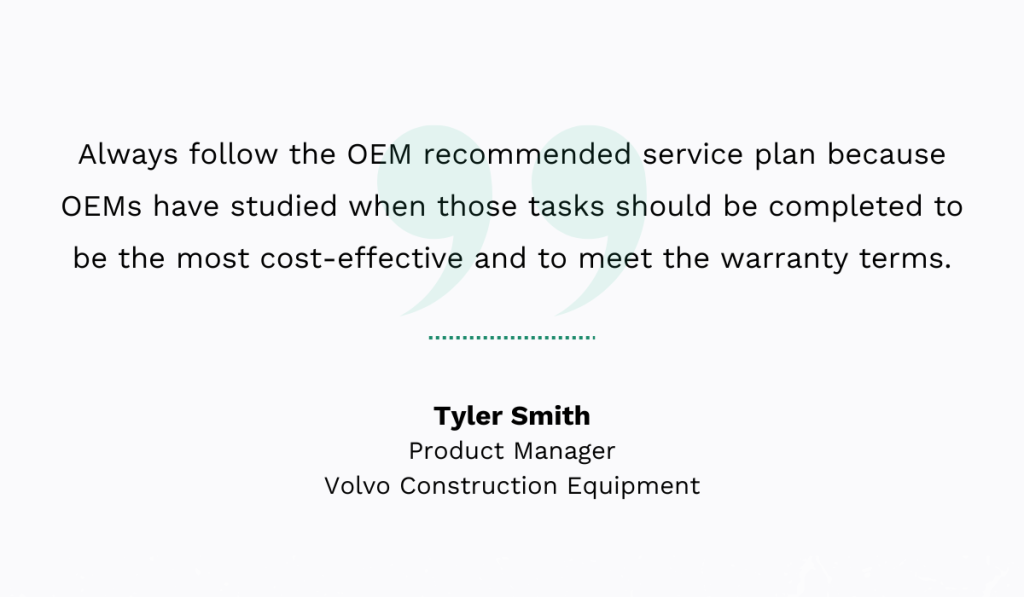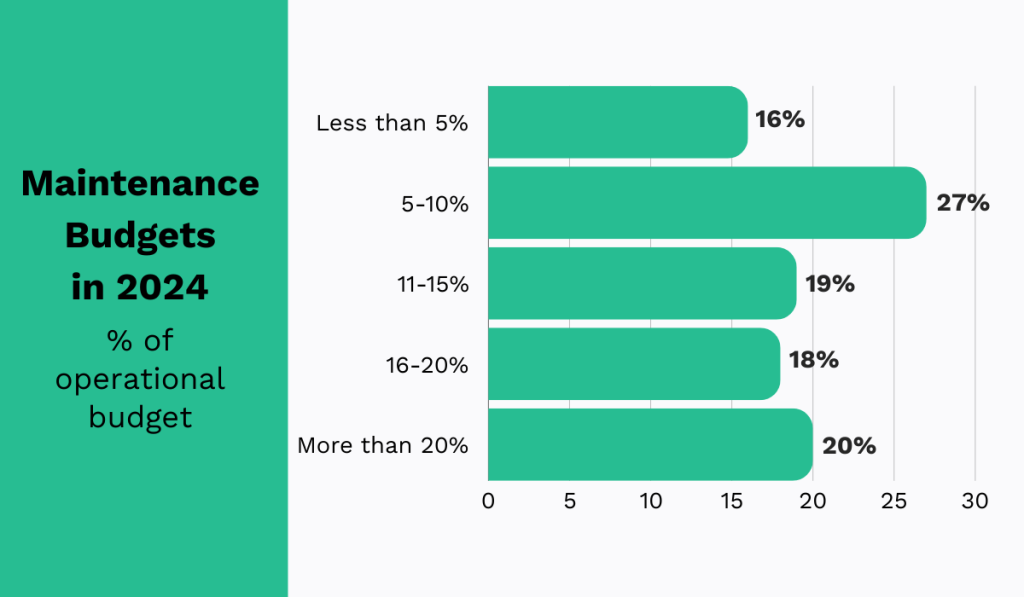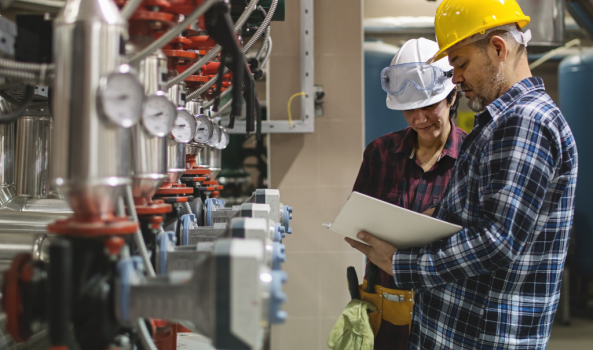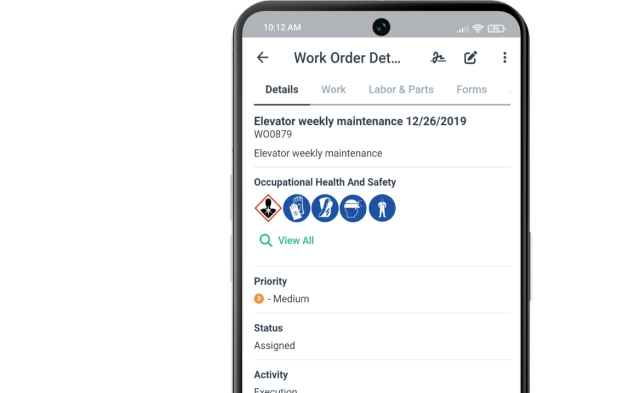Get a Free WorkTrek Demo
Let's show you how WorkTrek can help you optimize your maintenance operation.
Try for freeKey Takeaways:
- Small businesses can save up to $10,000 annually by preventing workplace injuries.
- Automotive plants lose up to $695 million annually due to downtime.
- Many organizations spend 5–10% of their annual budgets on maintenance.
By now, you likely know that relying solely on reactive maintenance isn’t the most effective strategy.
Implementing proactive methods, such as preventive or predictive maintenance, is a smarter and more efficient approach.
But why is that the case? And does it make that big of a difference?
The short answer is yes.
If you’re curious about how and why, keep reading.
In this article, we’ll share six reasons to adopt a more consistent maintenance routine.
Backed by statistics, real-world examples, and expert insights, we’ll show you exactly why regular upkeep is a non-negotiable and why it pays off in the long run.
To Ensure Equipment Safety
Above all else, regular equipment maintenance is a key factor in ensuring workplace safety.
Many accidents can be attributed to mechanical failures, leaks, electrical issues, or overheating, each of which poses a risk to operators, technicians, and other staff.
Fortunately, routine inspections and servicing significantly reduce the likelihood of unexpected breakdowns and hazardous incidents.
That’s why, according to the 2025 Pie Insurance survey, 92% of businesses conduct frequent inspections, with 64% requiring daily checks to maintain safety and reliability.
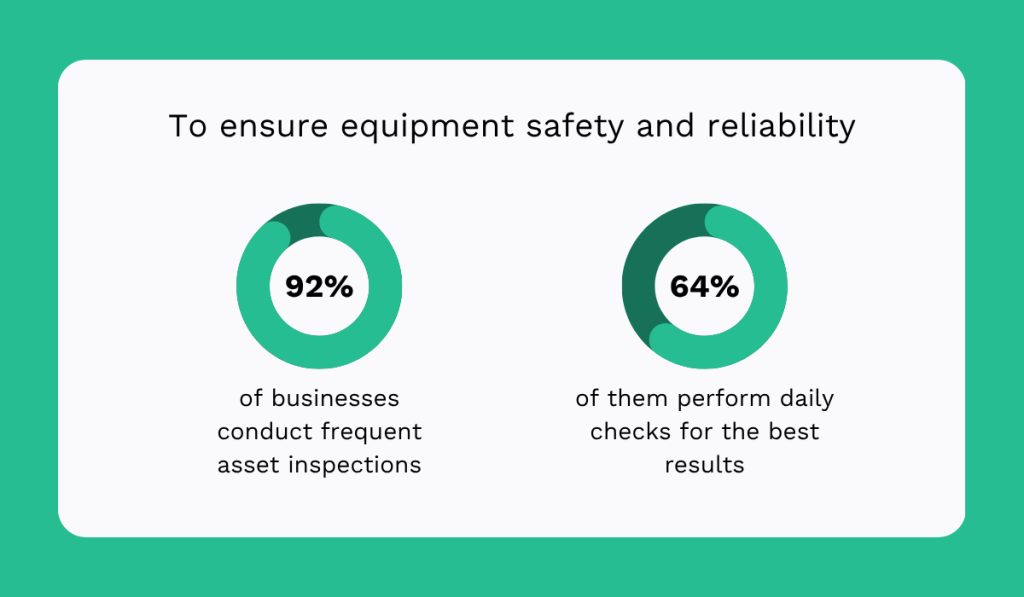
Simple actions, such as lubricating moving parts, checking for frayed wires, and ensuring that guards and emergency stops function properly, can prevent serious safety hazards down the line.
But the importance of these practices goes beyond protecting workers.
Workplace accidents can result in fines, lawsuits, increased insurance premiums, and lasting reputational harm.
For instance, the same survey revealed that 32% of small businesses spent over $20,000 in the past year on injury-related expenses.
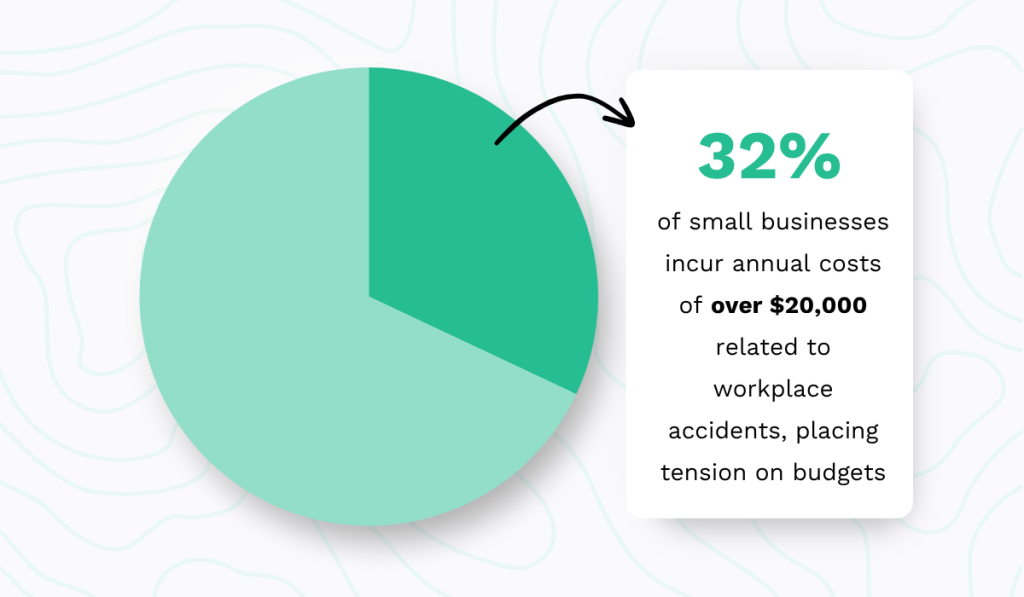
It also estimated that preventing just half of workplace injuries could save small businesses up to $10,000 or more annually in out-of-pocket costs, including workers’ compensation, medical bills, and legal fees.
A cautionary example comes from Maple Leaf Foods, a Canadian meat and poultry producer fined $170,000 for a workplace injury in 2023.
The incident occurred in January 2022, when a worker was critically injured while servicing two industrial fans at the company’s Brantford facility.
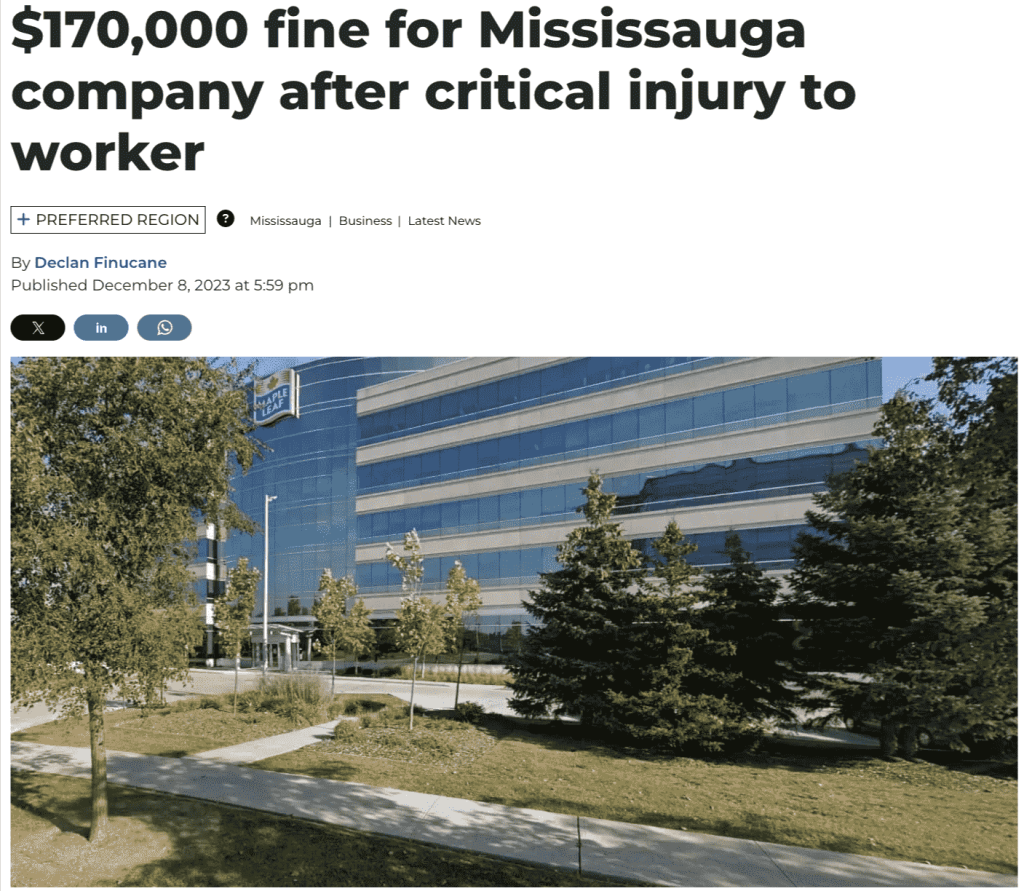
Investigators found that a secondary electrical panel—required to isolate power safely—was broken, making proper lockout procedures impossible.
Despite this, maintenance went ahead, resulting in a serious injury.
This case reveals a harsh truth: neglected maintenance doesn’t just compromise efficiency, but can also lead to irreversible human and financial consequences.
Put simply, when equipment safety is overlooked, the risks extend far beyond the machine itself.
To Increase Equipment Lifespan
Every machine has a finite lifespan, but neglect can drastically shorten it.
That’s where preventive maintenance plays a major role, helping slow down wear by keeping parts clean, lubricated, balanced, and properly aligned.
Justin Steger, Product Marketing Manager at John Deere Excavators, agrees.
In fact, he argues that knowing how to maintain a machine might be even more important than knowing how to operate it:
Steger’s not wrong.
Routine inspections, lubrication, and part replacements reduce friction, prevent corrosion, and combat other forms of degradation.
Additionally, regular maintenance enables the early detection of small issues before they escalate into major, costly failures.
According to ABB’s 2023 survey, it seems that many organizations are already aware of this.
60% of them plan to increase their investment in reliability and maintenance over the next three years, with longer asset lifecycles being one of the top expected outcomes.
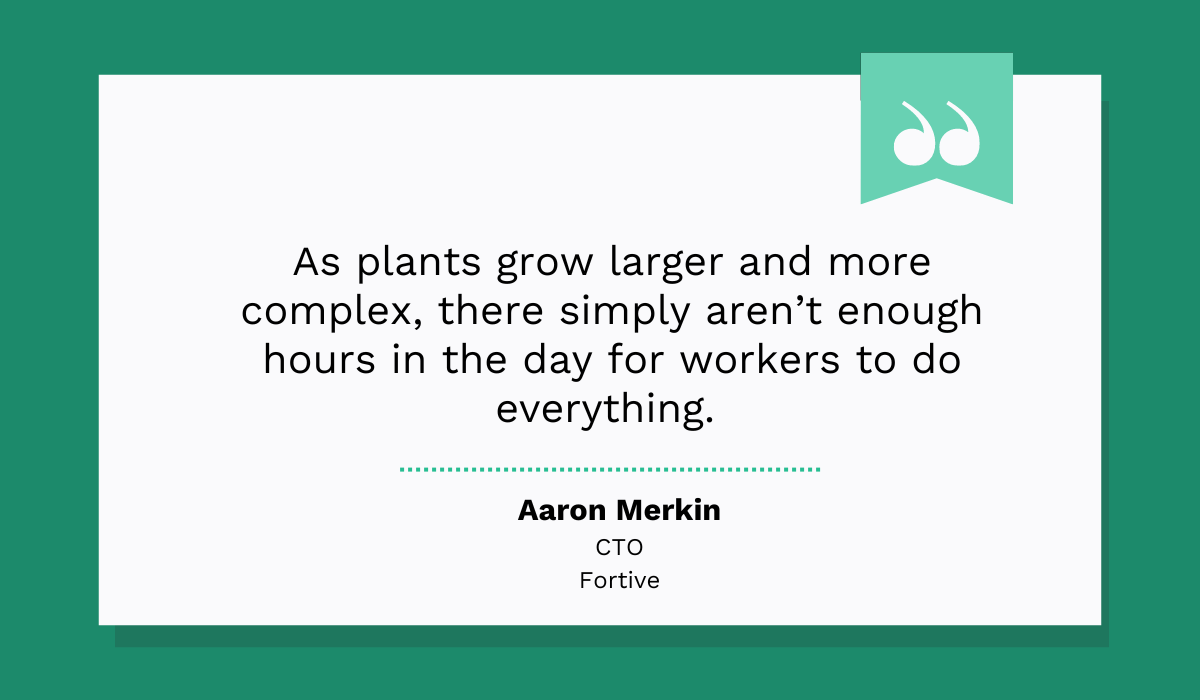
Those who have tried this proactive approach know it works.
Take, for example, Oklahoma farmer Tom Schickedanz.
He was able to extend his machinery’s tires’ lifespan by 25% by simply ensuring they are inflated properly for each task.

With this one simple move, he managed to reduce wear, improve fuel economy, and minimize soil compaction, which enhances yield.
The cost savings quickly add up, and these gains aren’t limited to agriculture.
In any industry that depends on heavy equipment, extending asset life by just two to three years can translate into thousands—or even millions—in long-term savings.
To Minimize Unplanned Downtime
Smooth, uninterrupted, and efficient operations are simply not possible without proper equipment maintenance.
As Ryan Cooke, Chief Information Security Officer at the global IT consultancy IDS-INDATA, explains, manufacturers are particularly vulnerable to unexpected downtime.
The key to minimizing its impact, he says, lies in proactive maintenance:

The logic here is straightforward: routine checks and smaller repairs help detect and address minor issues before they escalate and start causing major operational disruptions.
This matters because these disruptions can be quite costly, regardless of the industry you’re in.
Siemens’ 2024 research delivers some concrete figures that support this.
For instance, in the automotive sector, downtime can result in losses of up to $695 million annually, while in the heavy industry sector, this figure increases to $59 million.
These figures are alarming, but not unavoidable. With consistent, proactive maintenance, they can be drastically reduced.
Take Lakeview Farms, for example, a producer of fresh, refrigerated dips, desserts, and specialty foods.
After digitizing their maintenance operations, they gained real-time equipment visibility and transitioned to a preventive maintenance schedule.
Just six months after implementation, the results were apparent:
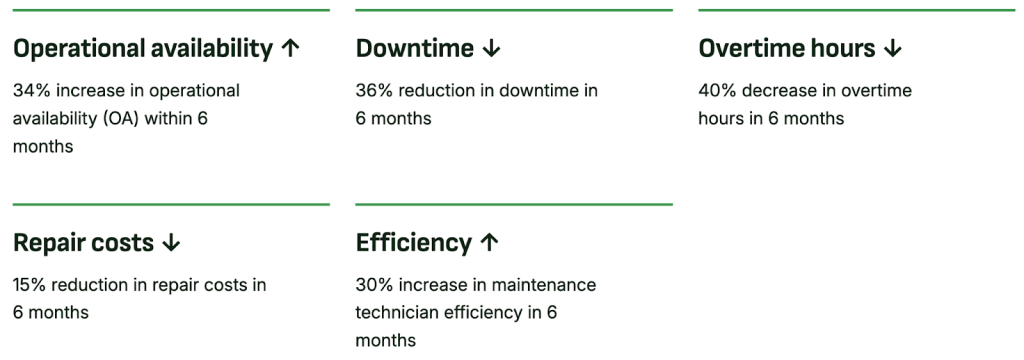
This is a compelling example of what’s possible when proactive maintenance becomes a strategic priority.
While some downtime will always be unavoidable, a forward-thinking approach to equipment upkeep can significantly reduce its frequency and impact.
To Increase Resale Value
Equipment naturally depreciates over time, but machines that are properly maintained retain their value significantly better.
Keeping assets clean, fully operational, and free of visible wear, while ensuring they meet performance benchmarks, makes them far easier to sell or trade in on favorable terms.
Paul Hendrix, Senior Valuation Analyst at Ritchie Brothers Auctioneers, a global asset management and disposition company, explains that condition is the first thing a buyer notices.
Signs of neglect or mechanical issues are immediate concerns for him and can quickly derail a potential deal.
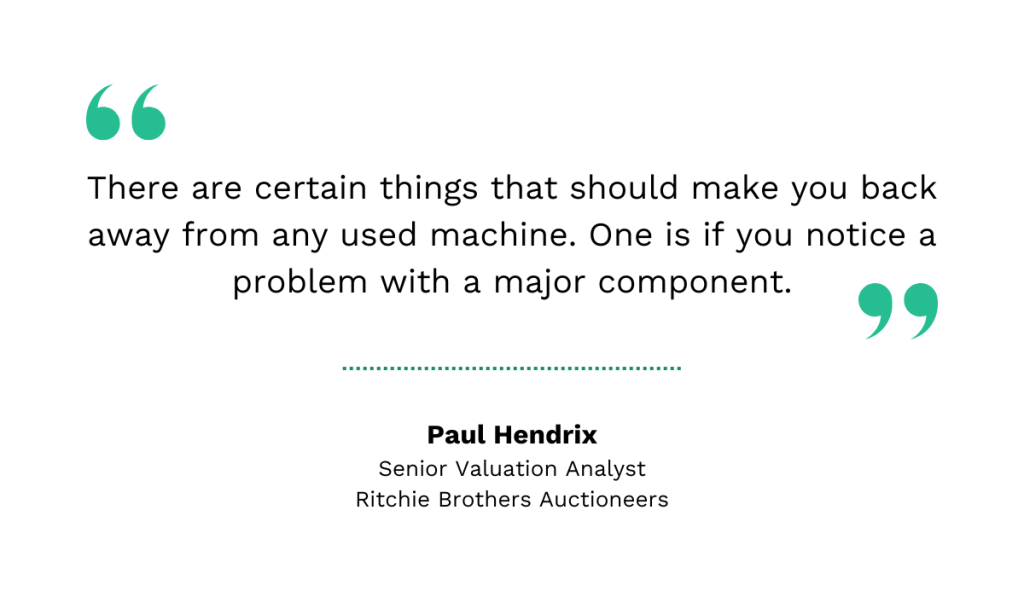
On the other hand, well-maintained equipment runs smoother, looks better, and shows less wear, making it more attractive to buyers.
Therefore, assets that have been well-maintained can often command a premium.
A documented service history, as shown in the example below, adds even more value by proving what maintenance was performed, when, and which parts or components were replaced.
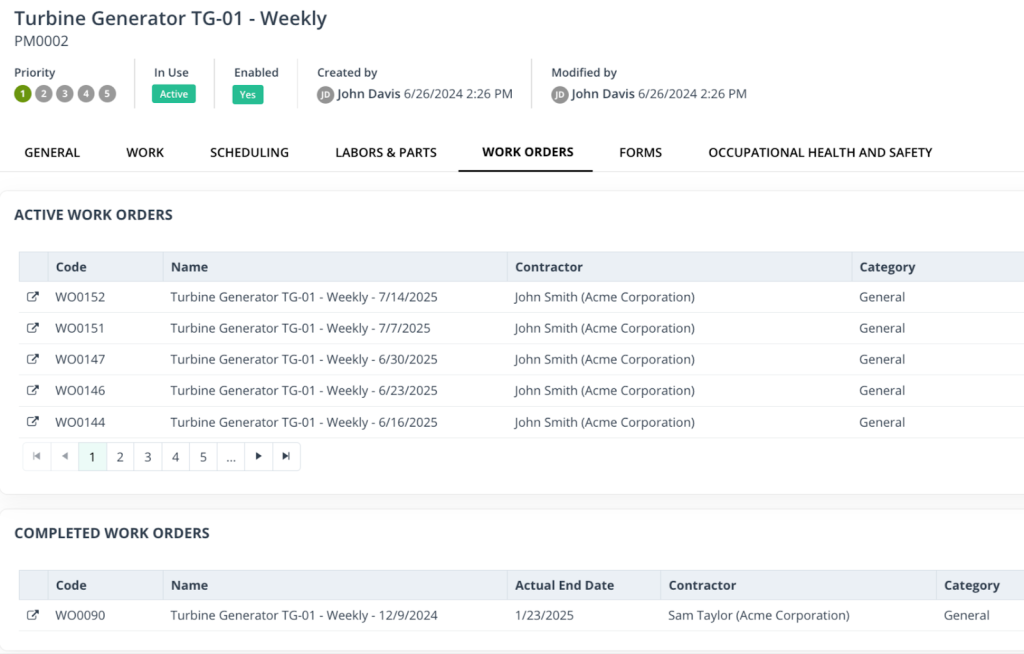
This is especially important when selling high-hour machines.
For instance, a buyer might assume that an excavator with 8,000 hours needs major repairs.
However, if the undercarriage and other critical components were recently serviced or replaced, that assumption may not hold.
The bottom line is that maintenance isn’t just about keeping your equipment running while it’s part of your inventory.
It’s an investment in long-term value.
When the time comes to sell, well-maintained assets continue to deliver returns, particularly in industries such as construction, agriculture, or industrial sectors, where equipment turnover is an integral part of long-term strategies.
To Maintain Warranty Compliance
Most equipment comes with a manufacturer’s warranty that covers repairs or replacements, but only if specific conditions are met, including proper maintenance.
This means adhering to the manufacturer’s recommended service schedule, using approved parts and fluids, and keeping accurate maintenance records.
Failure to do so can void the warranty, leaving you responsible for costly repairs that might otherwise be covered.
Take Caterpillar’s warranties, for example.
They clearly state that the user is responsible for:
“Performance of all required maintenance and inspections at scheduled intervals per Caterpillar specifications.”
They also note that the company is not responsible for:
“Failures resulting from abuse, neglect, and/or improper storage or repair.”
This is why it’s so important always thoroughly to review warranty terms and follow all OEM maintenance recommendations.
Tyler Smith, Product Manager at Volvo Construction Equipment, puts it this way:
He also explains that having up-to-date maintenance records is vital when discussing potential issues with a dealer or manufacturer.
Using a CMMS like WorkTrek makes this much easier.
WorkTrek automatically schedules preventive maintenance tasks, tracks completed/ongoing work, logs technician activity, and stores all related documentation in one centralized system.
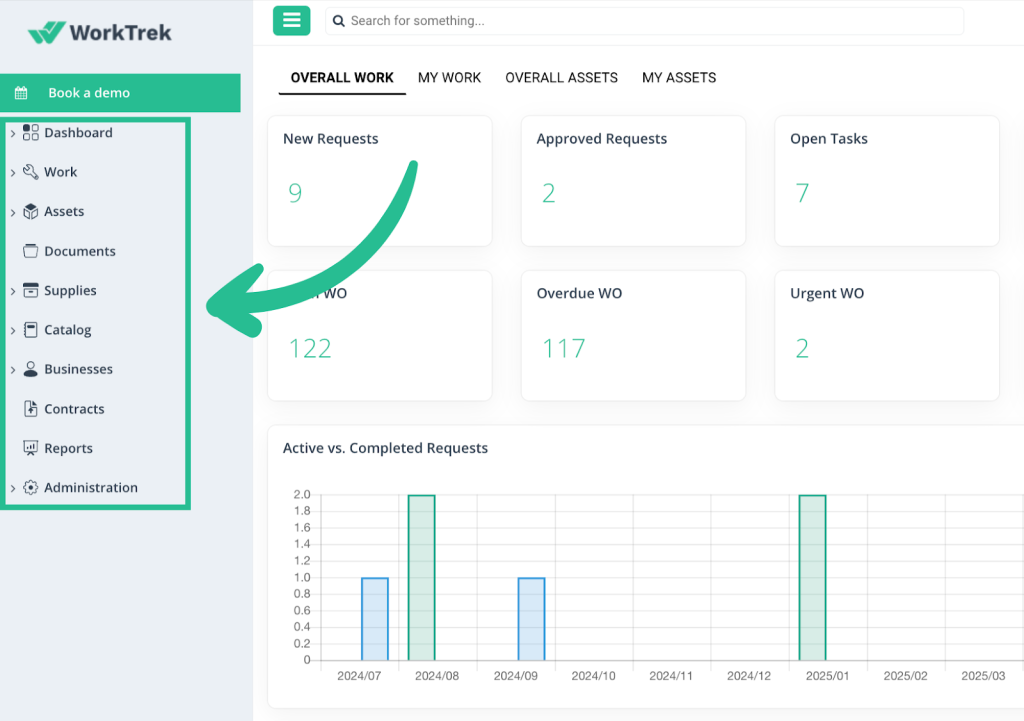
If problems arise, you can quickly retrieve relevant information, such as service history, location, parts used, purchase date, warranty details, and more—no matter where you are.
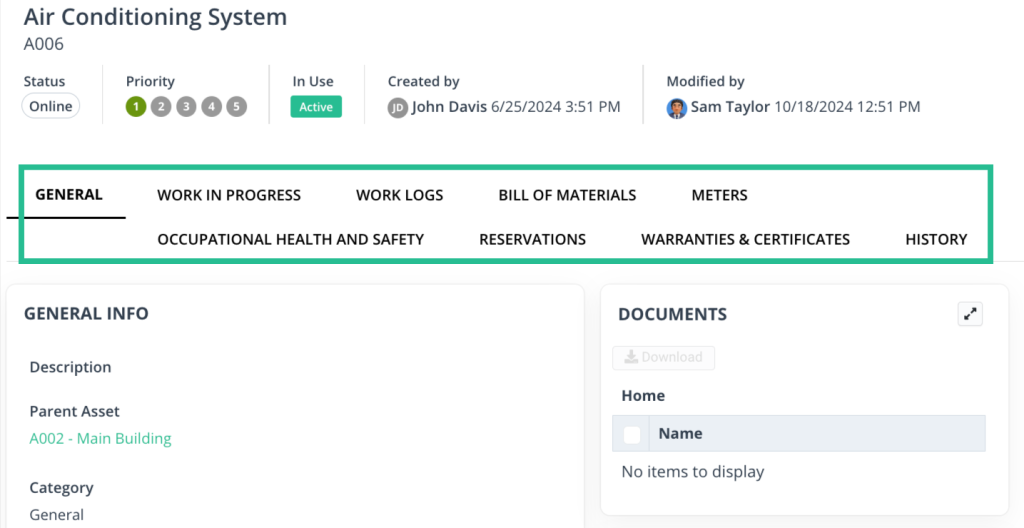
No need to dig through endless paperwork, spreadsheets, and sticky notes or worry about inaccurate records.
With WorkTrek, complying with warranty terms and tracking maintenance data is much easier and faster.
To Save Money
We’ve hinted at this through the article, but now it’s time to break it down fully: regular maintenance saves money.
Yes, it might seem like a significant upfront cost, but it prevents much larger expenses over time.
It achieves this by:
- Extending equipment lifespan, thereby reducing the need to replace worn-out machinery
- Minimizing the need for unplanned repairs, which often come with higher costs
- Reducing strain on machines and preventing minor issues from compounding
- Preventing accidents that could result in costly fines and legal repercussions
- Decreasing the overall need for repairs
- Reducing costly downtime
Just look at Stadtwerke Rotenburg an der Fulda, a public utility company in Germany.
They’re a real-life example of how smart maintenance strategies can drive serious savings.
When they implemented a condition monitoring system at their wastewater treatment plant, they started seeing results fast:
- Worn parts were replaced only when necessary, reducing frequent part purchases
- Maintenance was done before major failures, keeping downtime to a minimum
- Damage and inefficiencies caused by over-maintenance were avoided
Ultimately, Stadtwerke Rotenburg reduced its repair costs by 30%.
This is a significant figure, especially considering that many organizations spend 5–10% of their annual budgets on upkeep, according to an industry study.
Cutting that expense by nearly a third can make a huge difference to your bottom line.
Conclusion
All these examples and research studies lead to one clear conclusion: maintenance is far more than a routine task or a necessary expense.
When approached strategically and executed effectively, it becomes a powerful driver of efficiency, productivity, and even profitability.
It directly impacts worker safety, organizational reputation, customer satisfaction, and overall operational resilience.
It’s time to change our mindset and realize that upkeep is a critical investment that deserves focused attention, resources, and respect.




